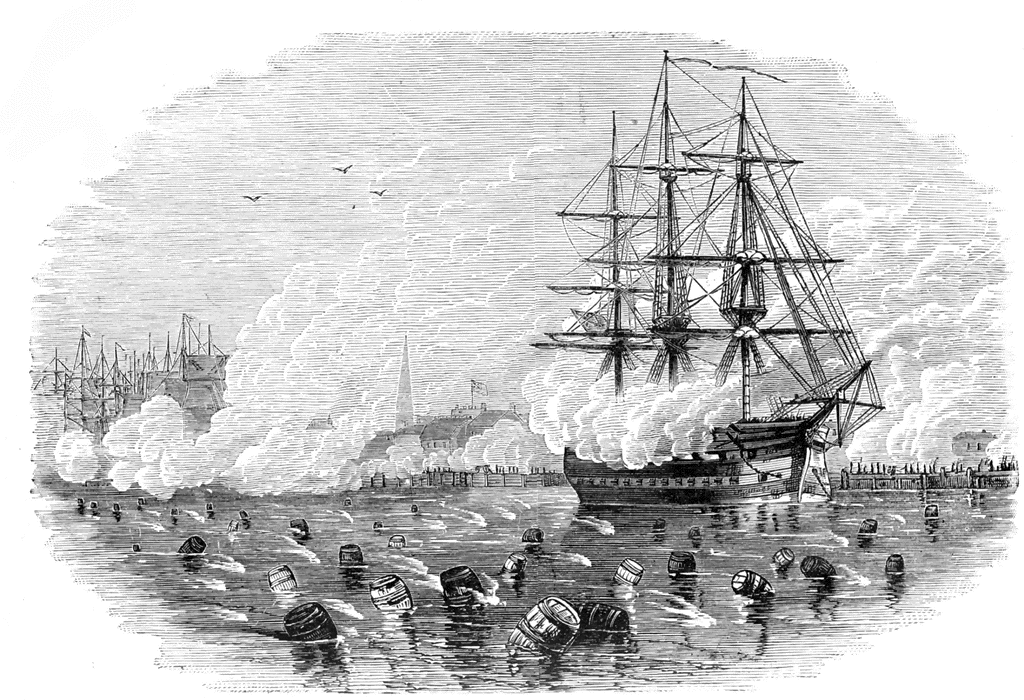
Something's cooking. Please enjoy all our past stories until.


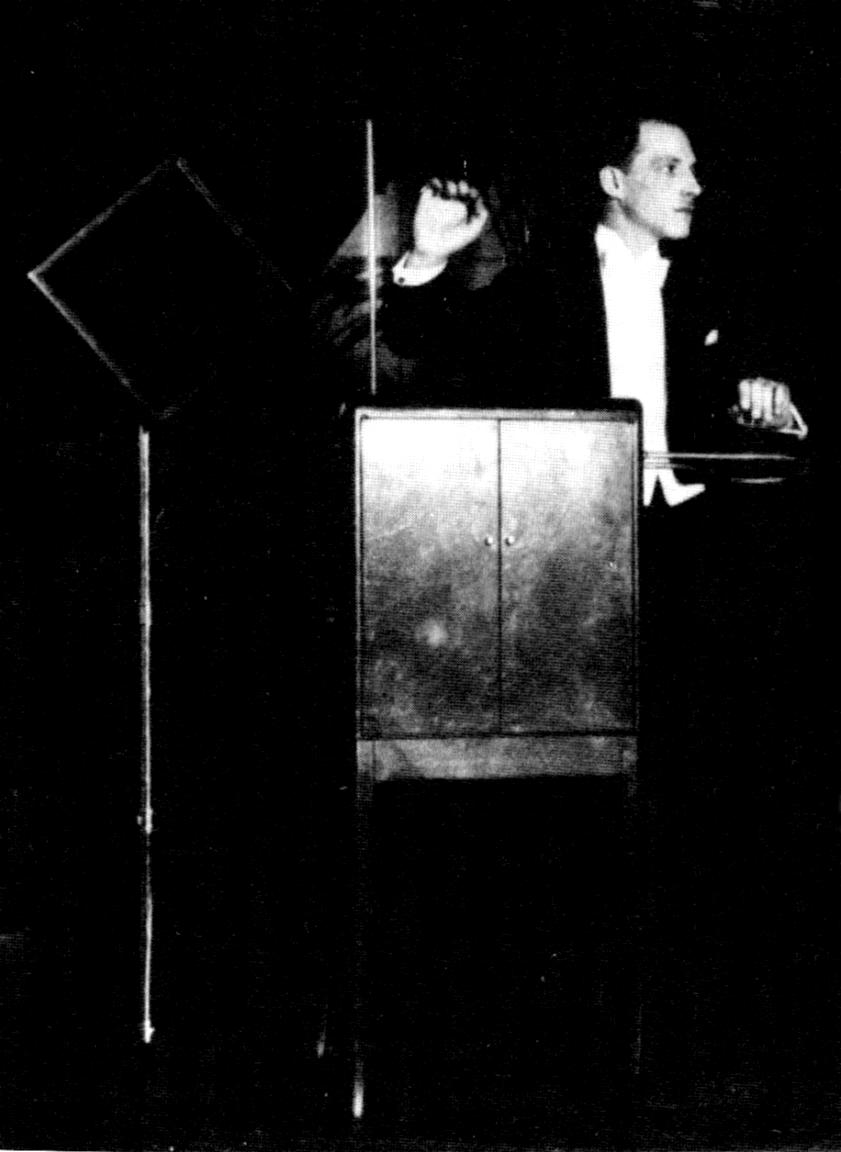
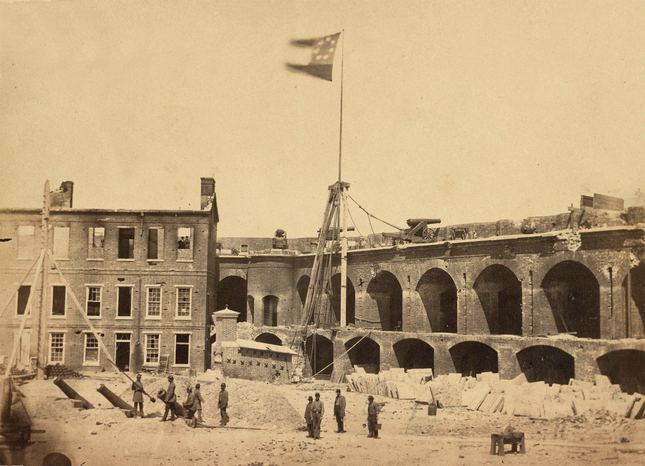

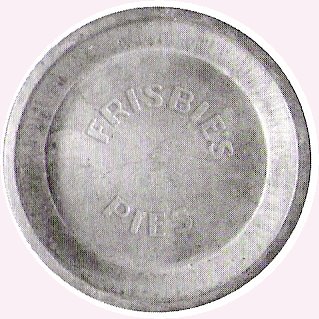










"You can fool all the people some of the time, and some of the people all the time, but you can't fool all the people all the time."
This may be the most famous Lincoln quote not in the Gettysburg address. The problem: there is no historical record that he ever said it. A few folks around the turn of the 20th century said they recalled him saying something like that. It took off from there.
In reference to General U.S. Grant's drinking:
"If I knew what brand he used, I'd send every general a barrel."
Very entertaining but also not Lincoln's words.


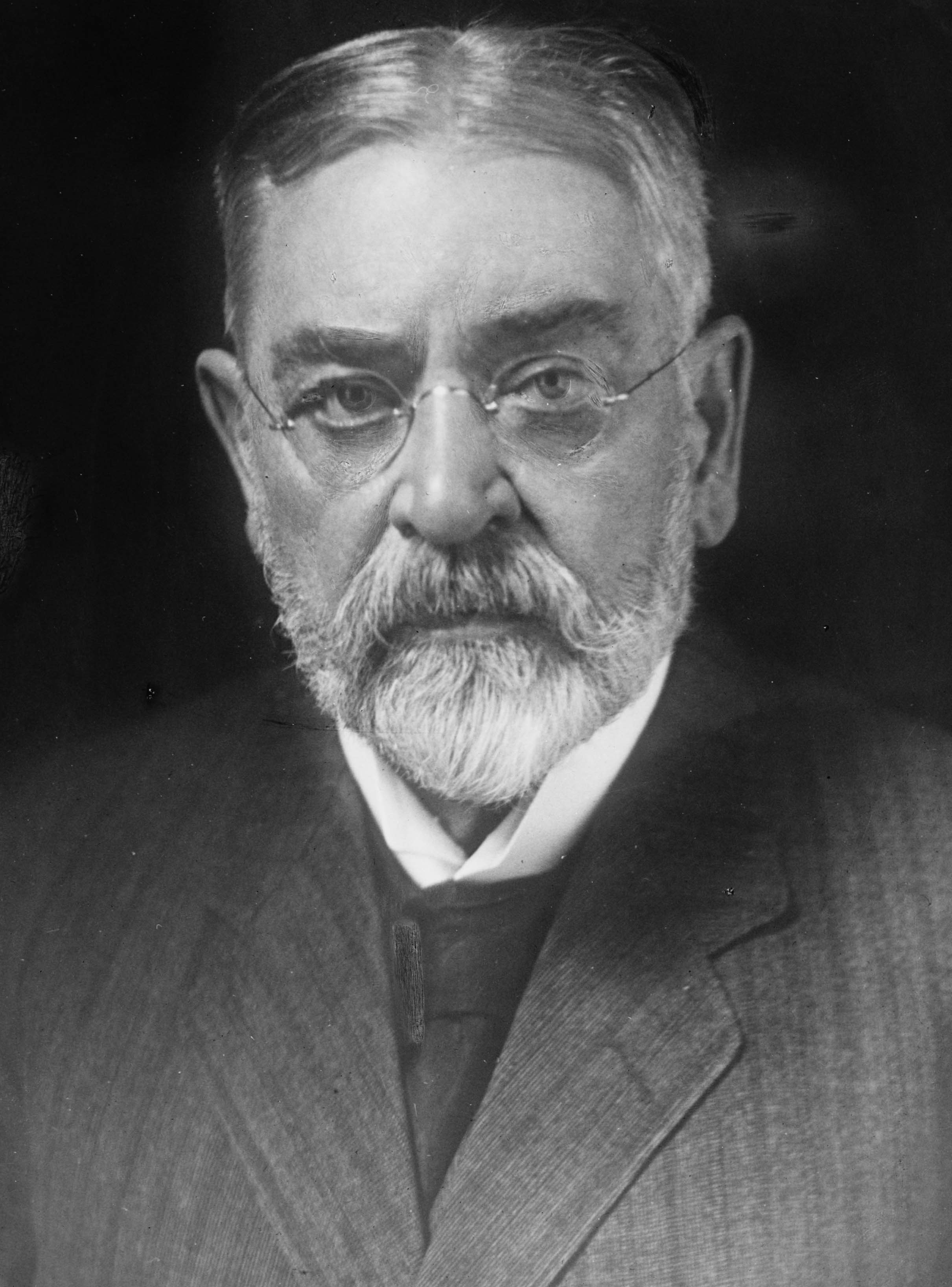

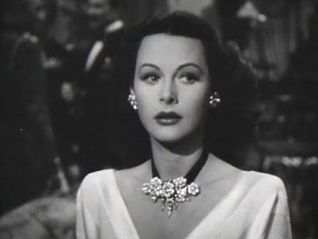


 Part One:
Part One:
Lincoln: elected to Congress in 1846
Kennedy: elected to Congress in 1946
Lincoln: elected President in 1860
Kennedy: elected President in 1960
Lincoln: shot on a Friday
Kennedy: shot on a Friday
Lincoln: shot at Ford's Theater
Kennedy: shot in a Lincoln, made by Ford
Lincoln: John Wilkes Booth- 3 names, 15 letters
Kennedy: Lee Harvey Oswald- 3 names, 15 letters
Lincoln: Booth killed before a trial
Kennedy: Oswald killed before a trial
Lincoln: assassin attacked in a theater, escaped to a storage facility (tobacco barn)
Kennedy: assassin attacked from a storage facility (book depository), escaped to a theater
Lincoln: successor was Andrew Johnson born in 1808
Kennedy: successor was Lyndon Johnson born in 1908
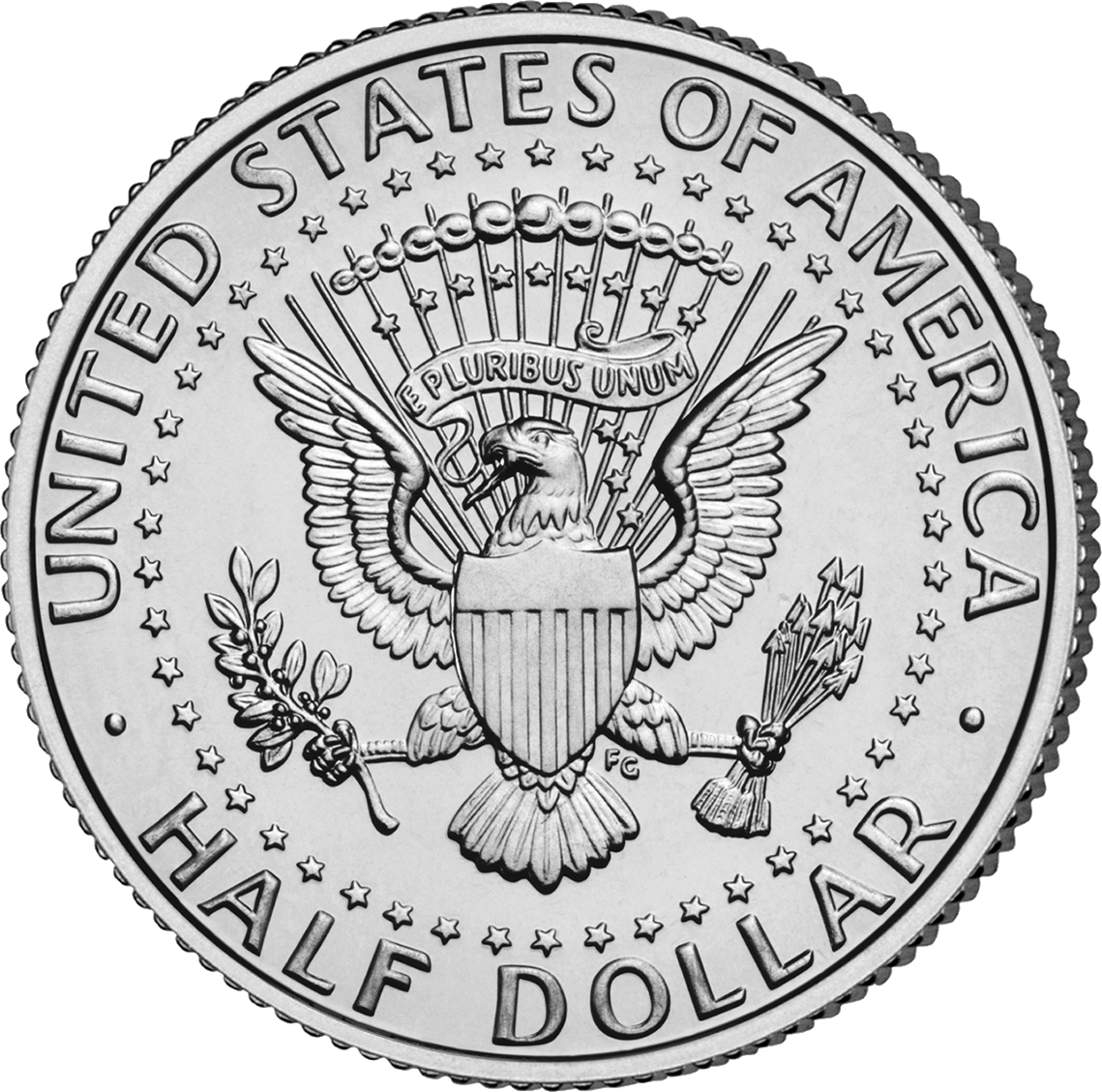





"Behold the rain which descends from heaven upon our vineyards, there it enters the roots of the vines, to be changed into wine, a constant proof that God loves us, and loves to see us happy."


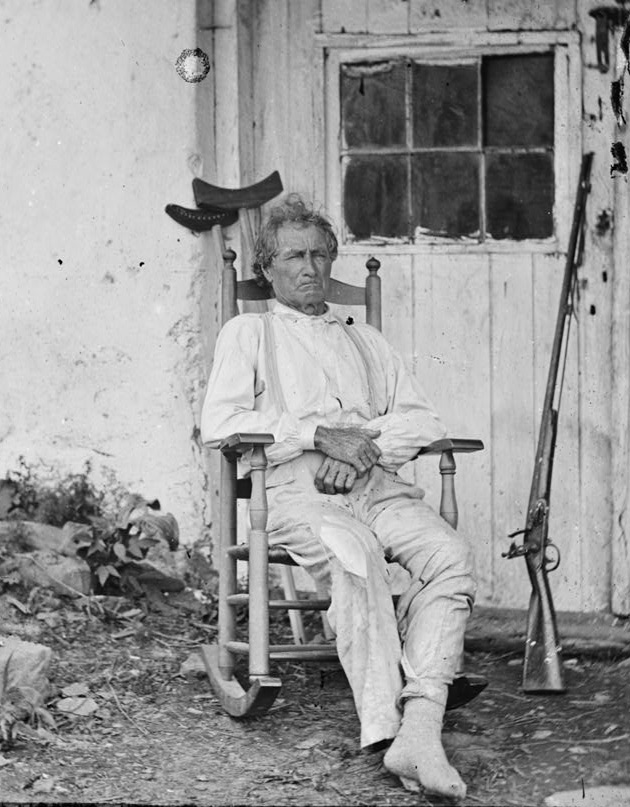
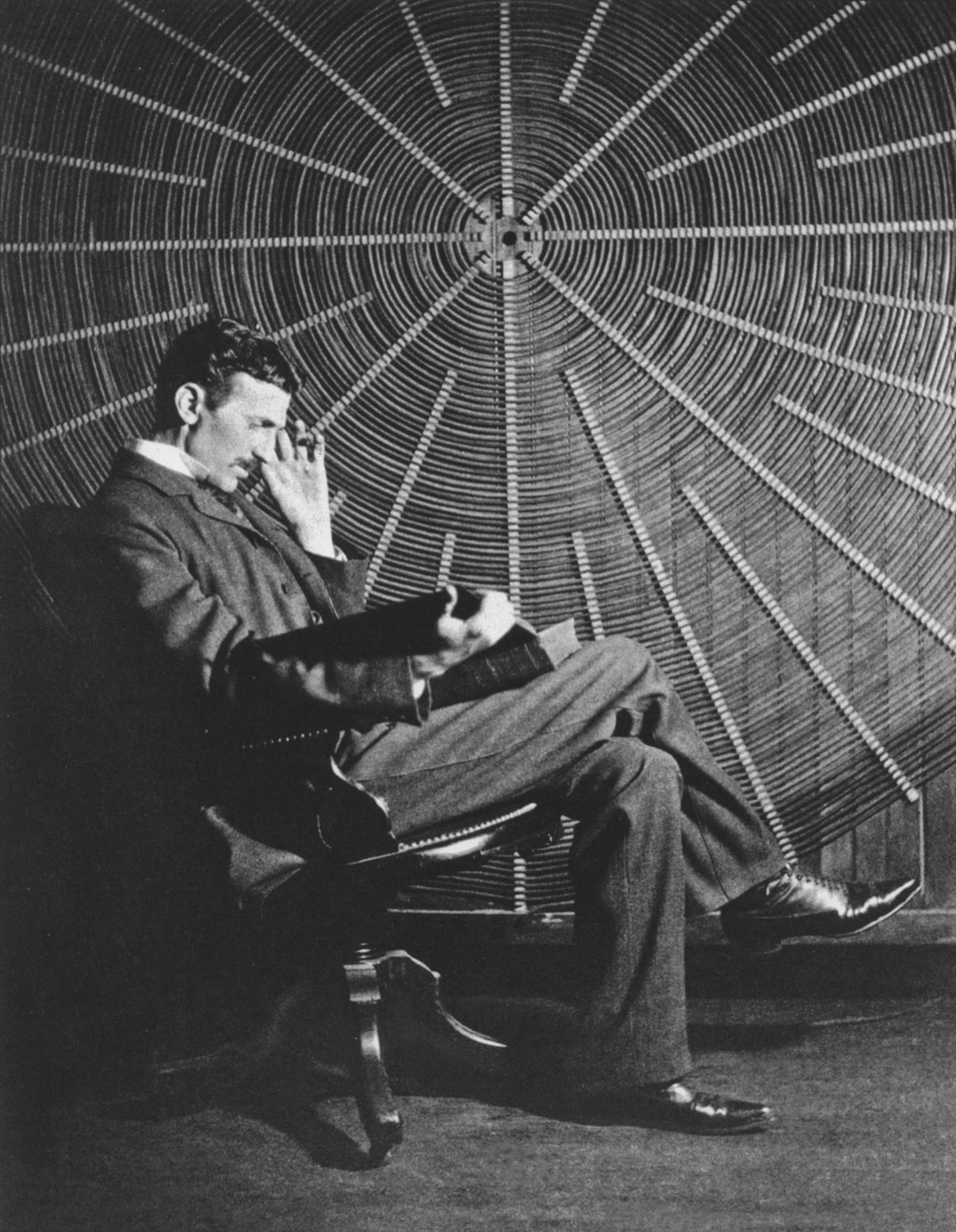

""I have been young and now I am old, and I solemnly say I have never known a man whose love of country was more ardent or sincere, never one who suffered so much, never one whose service for any 10 years of his life were so important and essential to the cause of his country..."
-John Adams


